Oct. 17 to Oct. 23
In July 1896, William Kinnimond Burton and Yashiro Hamano set sail toward a “terrifying land of pestilence”: Taiwan. The Scottish sanitation engineer had spent nine years modernizing Japan’s water and drainage systems (and designing the country’s first skyscrapers), and was now tasked with doing the same in the disease-riddled new colony.
Hamano was Burton’s student at Tokyo Imperial University’s college of civil engineering, and he was interested in Taiwan as his father was working there as a public health consultant for the governor-general’s office. Burton was nearing the end of his contract and was pondering whether to return home to Edinburgh when Shimpei Goto, then-head of the Home Ministry’s health bureau, recruited him and Hamano for the job.
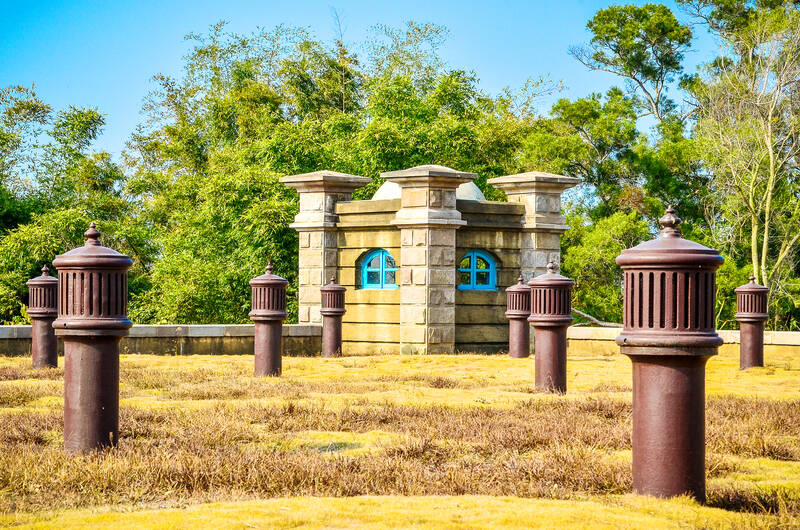
Photo courtesy of Wikimedia Commons
According to Kikuo Inaba’s biography of Burton, the two departed less than a month after Hamano’s graduation, arriving in Keelung on Aug. 5. In addition to the many illnesses, Taiwan was still rife with anti-Japanese resistance, making it not the easiest place to settle. Despite the challenges, Burton and Hamano surveyed the nation and designed numerous waterworks projects, but unfortunately Burton caught malaria while visiting the Sindian River (新店溪) in 1899. He returned to Japan that year and died of liver failure.
Hamano stayed in Taiwan until 1919 to continue his mentor’s work, and is remembered for his contributions to the nation’s running water and sewage systems. One project they designed together was today’s Old Tainan Waterworks (原台南水道), which celebrated its 100th anniversary last weekend. It’s now a park and museum.
SANITATION DREAMS
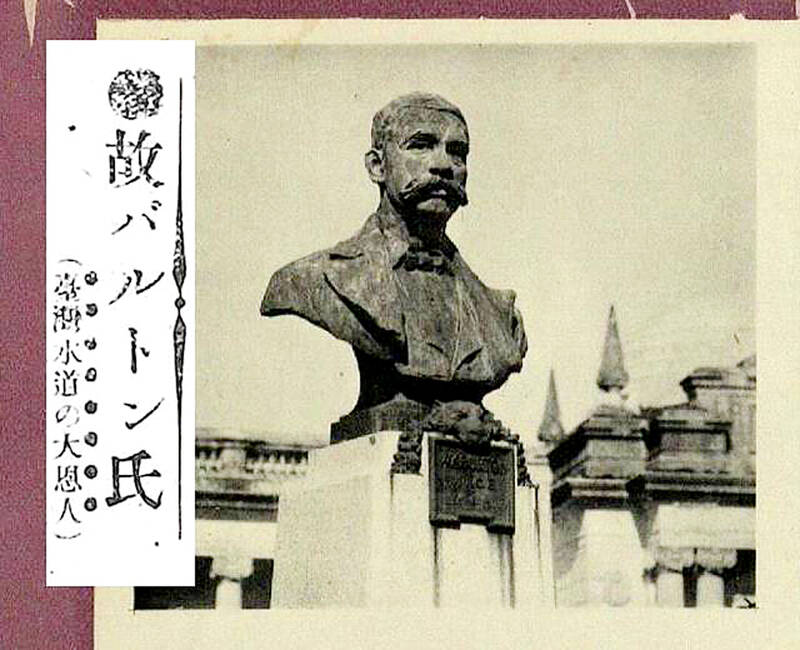
Photo courtesy of Wikimedia Commons
Burton did not have the educational credentials of many foreigners brought on by the Japanese government; he learned his trade through a five-year apprenticeship with the Brown Brothers & Co marine and hydraulic engineering firm. He’s said to have encouraged his childhood friend Arthur Conan Doyle to pursue a career in writing, and advised him on scenes involving engineering and Japan. Conan Doyle dedicates the Sherlock Holmes novel The Firm of Girdlestone to Burton.
When Burton was born in 1856, London was also a city of many pestilences, with sewage discharge into the Thames River culminating in the Great Stink of 1858. The subsequent massive overhaul of the city’s water treatment system over the next few decades greatly inspired Burton, who decided at the end of his apprenticeship to become a sanitation engineer.
In 1884, Kyuichiro Nagai arrived in London as Japan’s representative to the International Health Exhibition. He met Burton during his stay, and once he returned home the following year, he recommended that the government hire him. Japan was suffering from cholera and other epidemics then, and Burton was offered a position in 1887 as engineering professor at Tokyo Imperial University. He spent the next nine years traveling the country and supervising countless construction projects.
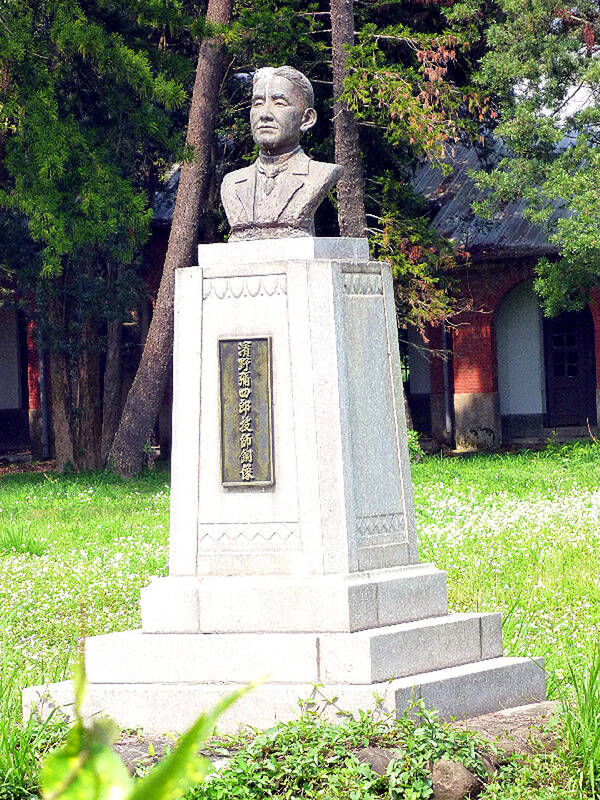
Photo courtesy of Wikimedia Commons
LAND OF PESTILENCE
Taiwan became part of Japan in April 1895 with the signing of the Treaty of Shimonoseki. Goto returned to his post that September after serving various duties in the Sino-Japanese War, and one of his main concerns was to eradicate the diseases in Taiwan that reportedly killed one out of 10 Japanese in the first few months of their rule. The colony would not be of much use if Japanese troops and officials were succumbing to illnesses, which could also spread to Japan with increased traffic between the two locales.
Burton was hesitant as he wanted to return to Scotland to see his aging mother. But he finally took on the challenge. Goto recommended that he work closely with Hamano, due to the student’s talent and interest in Taiwan.
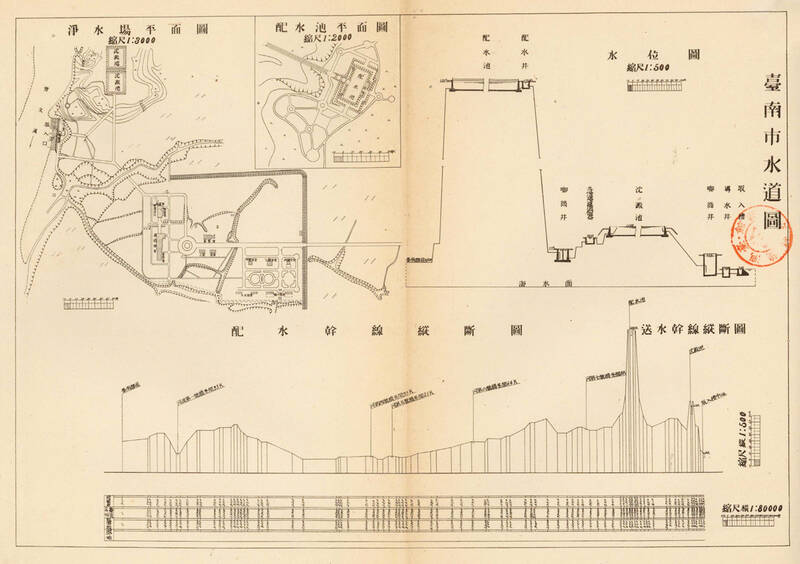
Photo courtesy of Wikimedia Commons
Within a month of their arrival, the two had come up with a 70-page report with detailed suggestions on improving the water supply and sewage systems of Taipei, Keelung and Taichung, as well as an urban design plan for the capital’s city center. Burton was credited as “sanitation engineering consultant,” while Hamano was “civilian affairs department technician.” A plague outbreak in Taipei that November nearly spread to Japan, and heightened the urgency of their mission.
The first challenge in this plan was how to divert Taipei’s wastewater, as the city’s terrain was too flat and sewage would easily accumulate in regular canals. Burton and Hamano traveled to Shanghai, Hong Kong and Singapore to survey the methods used there, and they decided to follow Singapore’s design. It worked.
The duo quickly moved on to surveying other locales, completing a two-week trip to central and south Taiwan plus Penghu in late 1897 and presenting their recommendations. Goto joined them as Taiwan’s new civil administrator 1898, and under his direction they began searching for ways to relieve Taipei’s reliance on wells for water. It was the height of summer, and Burton fell ill with malaria and dysentery after returning from a trip to today’s Gueishan District (龜山) in Taoyuan. He was the only survivor out of 12 hospitalized patients who were infected at the same locale.
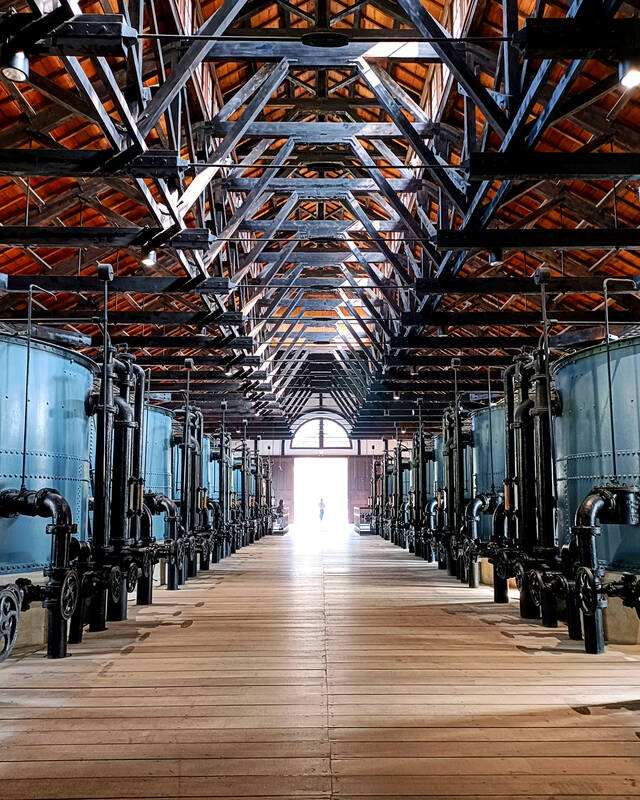
Photo courtesy of Wikimedia Commons
CARRYING ON
Burton made his final survey to Taichung after his recovery. In March 1899, the government renewed both his and Hamano’s posts, and announced the following month Taiwan’s wastewater regulations. With the foundations set, Burton entrusted things to Hamano and took a two-month leave to rest and visit the grave of his mother, who had died the previous December. However, his body was severely weakened by complications from the illnesses and overwork, and he died in Japan before he could depart for home.
Hamano spent the next 20 years implementing their vision across Taiwan. One of his most trusted assistants was a young Yoichi Hatta, who later designed the Chianan Canal (嘉南大圳) and Wushantou Reservoir (烏山頭水庫).
Taipei’s waterworks in today’s Gongguan (公館) was completed in 1909 using Burton’s recommended pump and flow system, while construction on Tainan’s waterworks began in 1912. Designed to bring running water to 100,000 residents, progress was delayed by changes in Tainan’s urban planning as well as World War I. It began operating in October 1922.
The colonial government erected statues of both Burton and Hamano to honor their achievements, but they were destroyed during World War II. Hamano’s was restored in 2005 at Tainan’s Old Waterworks Museum, while Burton’s was rebuilt last year at Taipei Water Park.
Taiwan in Time, a column about Taiwan’s history that is published every Sunday, spotlights important or interesting events around the nation that either have anniversaries this week or are tied to current events.
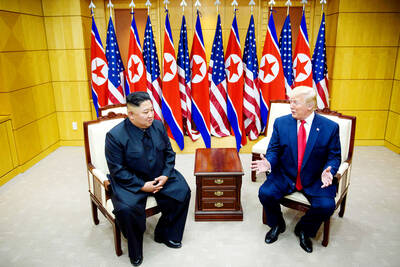
US President Donald Trump may have hoped for an impromptu talk with his old friend Kim Jong-un during a recent trip to Asia, but analysts say the increasingly emboldened North Korean despot had few good reasons to join the photo-op. Trump sent repeated overtures to Kim during his barnstorming tour of Asia, saying he was “100 percent” open to a meeting and even bucking decades of US policy by conceding that North Korea was “sort of a nuclear power.” But Pyongyang kept mum on the invitation, instead firing off missiles and sending its foreign minister to Russia and Belarus, with whom it
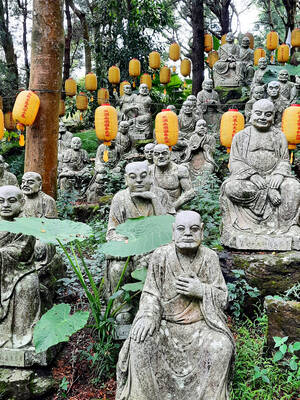
When Taiwan was battered by storms this summer, the only crumb of comfort I could take was knowing that some advice I’d drafted several weeks earlier had been correct. Regarding the Southern Cross-Island Highway (南橫公路), a spectacular high-elevation route connecting Taiwan’s southwest with the country’s southeast, I’d written: “The precarious existence of this road cannot be overstated; those hoping to drive or ride all the way across should have a backup plan.” As this article was going to press, the middle section of the highway, between Meishankou (梅山口) in Kaohsiung and Siangyang (向陽) in Taitung County, was still closed to outsiders
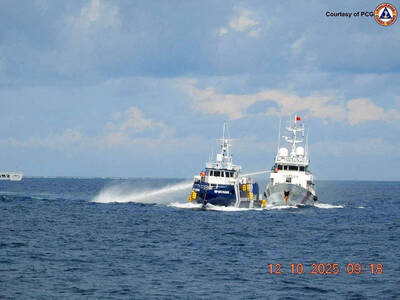
Many people noticed the flood of pro-China propaganda across a number of venues in recent weeks that looks like a coordinated assault on US Taiwan policy. It does look like an effort intended to influence the US before the meeting between US President Donald Trump and Chinese dictator Xi Jinping (習近平) over the weekend. Jennifer Kavanagh’s piece in the New York Times in September appears to be the opening strike of the current campaign. She followed up last week in the Lowy Interpreter, blaming the US for causing the PRC to escalate in the Philippines and Taiwan, saying that as
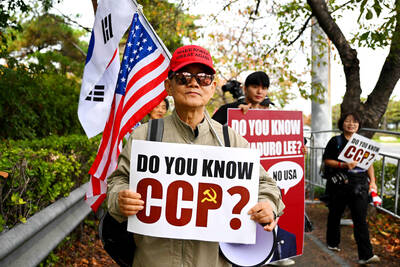
The Chinese Communist Party (CCP) has a dystopian, radical and dangerous conception of itself. Few are aware of this very fundamental difference between how they view power and how the rest of the world does. Even those of us who have lived in China sometimes fall back into the trap of viewing it through the lens of the power relationships common throughout the rest of the world, instead of understanding the CCP as it conceives of itself. Broadly speaking, the concepts of the people, race, culture, civilization, nation, government and religion are separate, though often overlapping and intertwined. A government